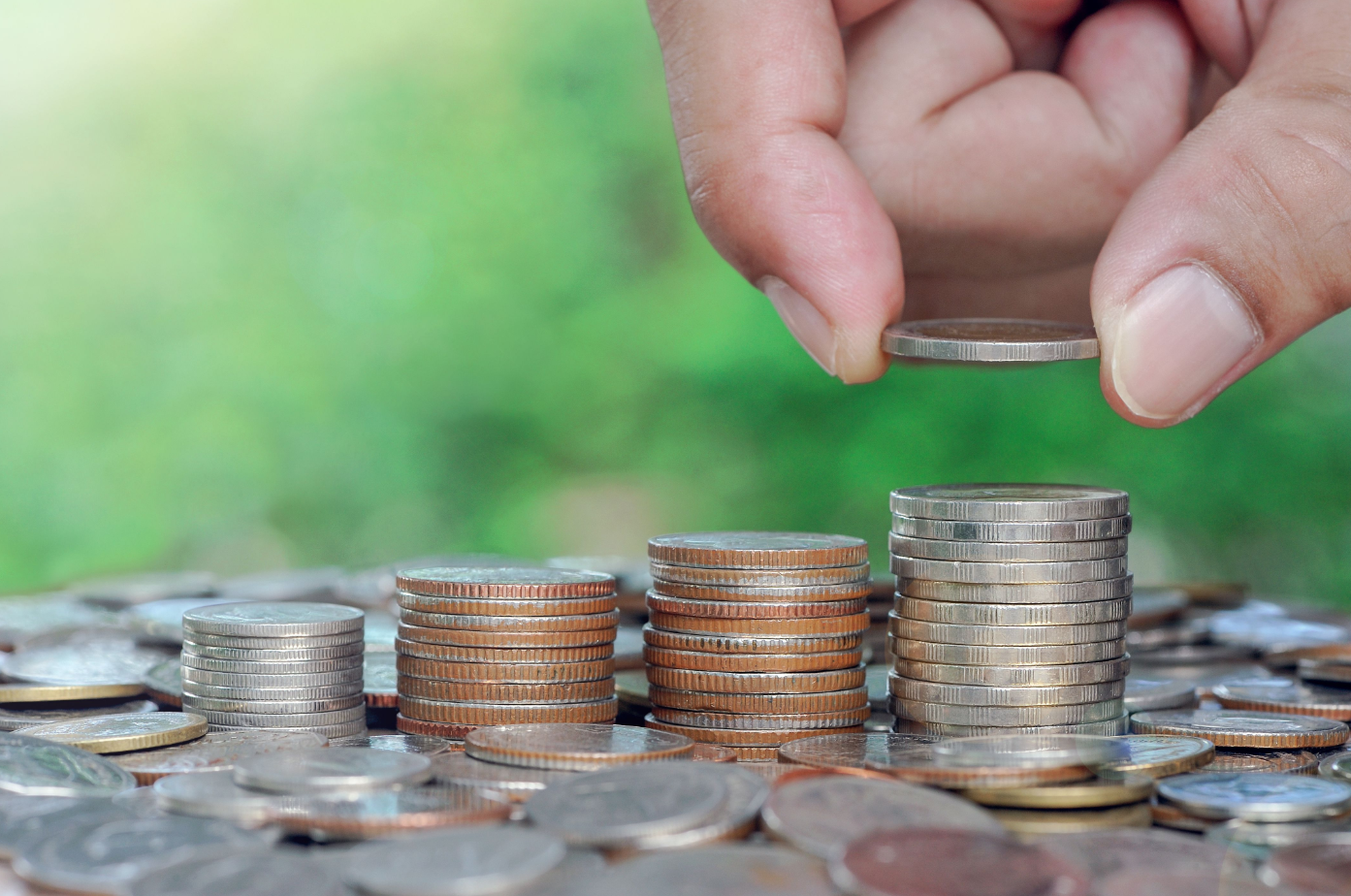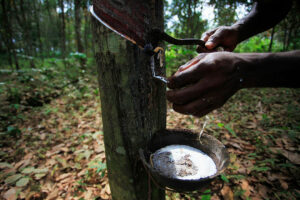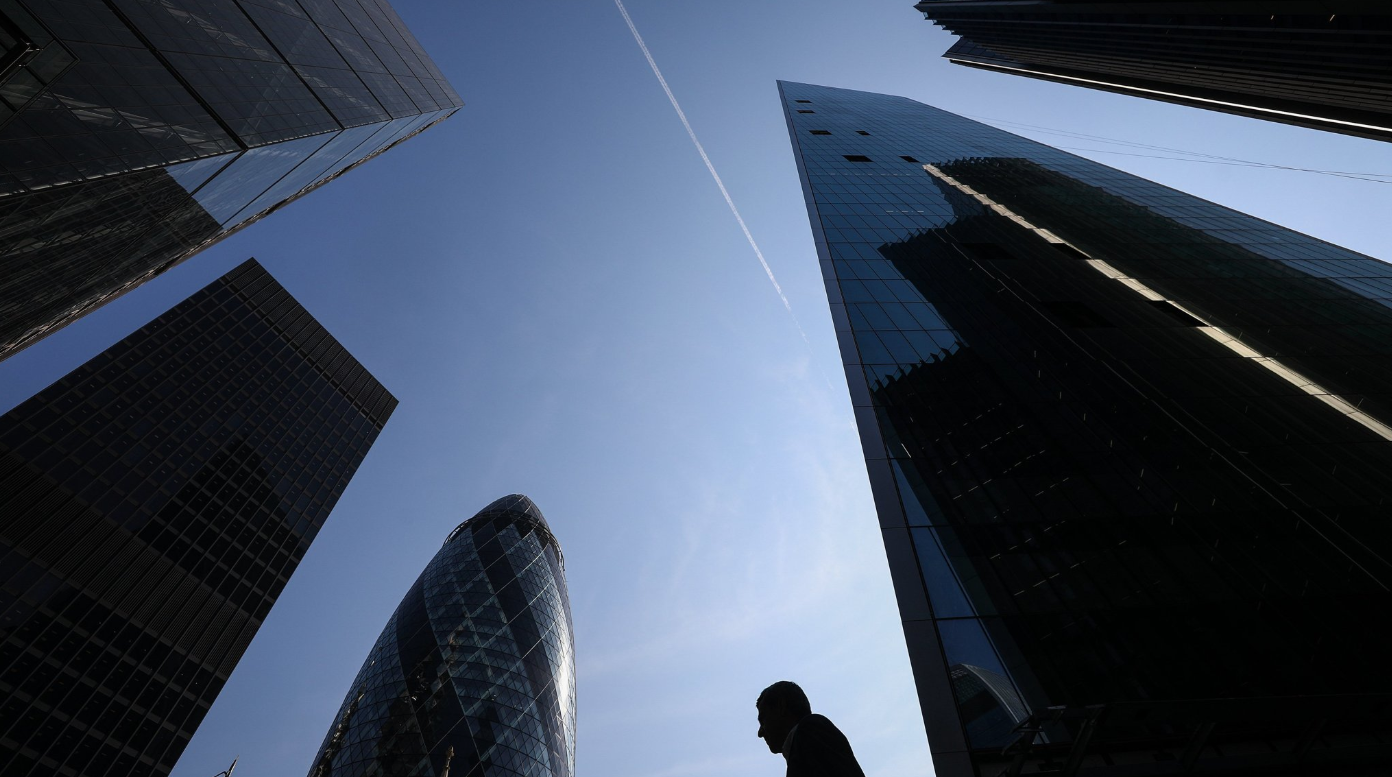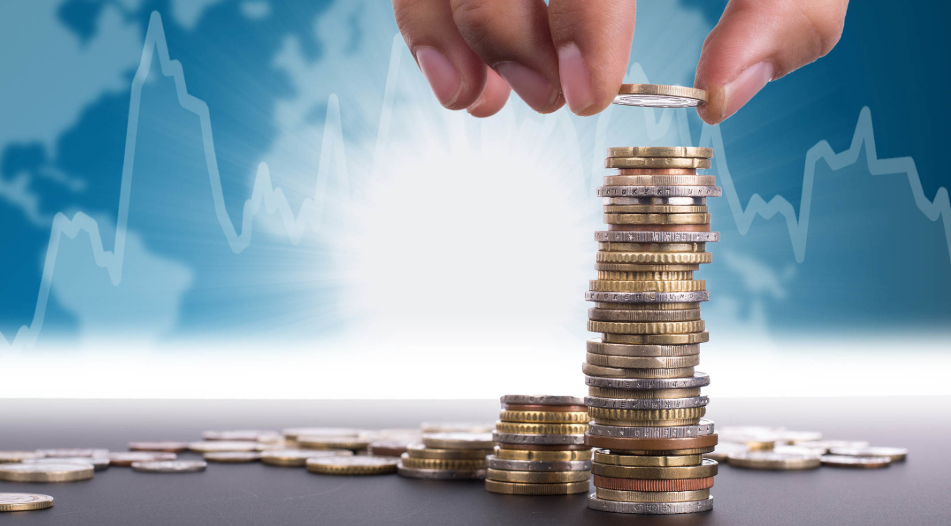Infrastructure spending likely picked up in March

INFRASTRUCTURE spending likely picked up pace in March, as agencies sought to fast-track projects before the end of the first quarter and ahead of the election ban on public works, analysts said.
Data from the Budget department showed infrastructure spending declined by 16.3% to P19 billion year on year in February.
“We could see a pickup in March as line agencies rush to finish up allocation head of the quarter-end as well as before the start of the campaign related spending ban,” ING Bank N.V. Manila Senior Economist Nicholas Antonio T. Mapa said in an e-mail.
The election ban on public works began on March 25, and will run for 45 days until May 8, a day before the national elections. The law, which also prohibits social welfare dole-outs, seeks to prevent politicians from using state resources for their election campaign.
Mr. Mapa said the 16% drop in infrastructure spending in February was more likely due to the higher figure in the same month of 2021.
“I believe the dip was due largely to timing issues that helped boost last year’s numbers more than anything,” he said.
The Department of Budget and Management (DBM) likewise attributed the spending decline to the timing of payables for completed projects of the Department of Agriculture (DA), road works of the Department of Public Works and Highways (DPWH), foreign-funded rail projects of the Department of Transportation (DoTr), and the Revised Armed Forces of the Philippines’ Modernization Program (RAFPMP) under the Department of National Defense (DND).
“We could see infrastructure spending continue as ongoing projects resume after the elections,” Mr. Mapa said.
The national elections will be held on May 9.
However, Mr. Mapa said that infrastructure spending may face challenges in the long term, adding that the next administration would be hampered by budgetary limitations, considering the current high level of debt.
Debt as of end-February was P12.09 trillion, while the country’s debt-to-GDP (gross domestic product) ratio hit a 16-year high of 60% last year. This is above the 60% threshold considered manageable by multilateral lenders for developing economies.
“The new president will have [their] hands full with carefully navigating a challenging global landscape while being saddled with a fiscal handicap,” Mr. Mapa added. “As such, infrastructure spending, outside the continuation of ongoing projects, may face headwinds.”
UnionBank of the Philippines, Inc. Chief Economist Ruben Carlo O. Asuncion said infrastructure spending will again pick up after the elections.
“We will have to look to the current budget that the next administration will inherit from the previous one,” Mr. Asuncion said. “A considerable part of this said national budget has been allotted for infrastructure development, and we think that this will show at the end of this current fiscal year.”
The national budget this year is P5.024 trillion, almost a quarter of economic output and 11.5% higher than last year. Around P1.2 trillion is allocated for infrastructure this year, or the equivalent of 5.3% of GDP. — Tobias Jared Tomas




